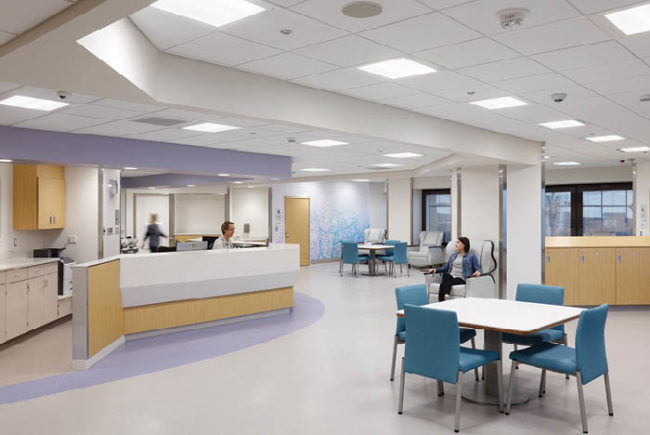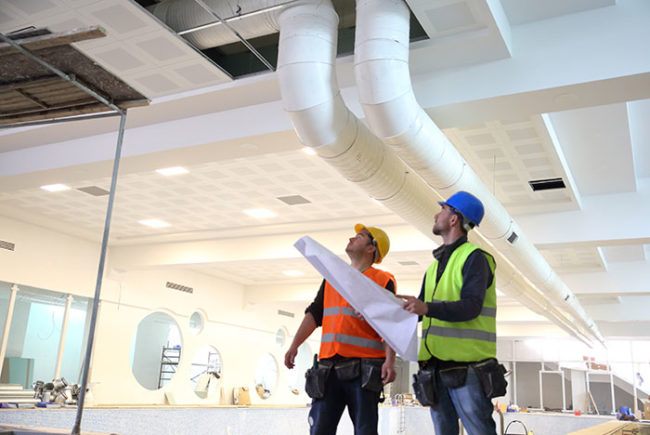The Facility Guidelines Institute has released its proposed additions, changes and deletions for its 2018 editions, which include three books this year; Guidelines for Design and Construction of Hospitals, Guidelines for Design and Construction of Outpatient Facilities, and Guidelines for Design and Construction of Residential Health, Care, and Support Facilities.
FGI’s documents, which are updated every four years to keep up with changes in the field, have provided fundamental standards for the design and construction of various health care facilities since the 1940s. Some of the major changes to this year's books include:
- New guidance on design of telemedicine spaces
- New design requirements for accommodations for care of patients of size (formerly bariatric accommodations)
- Imaging room design requirements using a classification system based on procedures performed and patient acuity
- Identical requirements for operating rooms in outpatient surgery facilities and hospitals
- More flexible pre- and post-procedure patient care area guidance (allowing provision of one, two or three spaces, depending on operations)
- Two options for sterile processing area design
- Expanded sustainability requirements regarding waste minimization, potable water and energy efficiency
The organization’s multidisciplinary 100-member Health Guidelines Revision Committee (HGRC) has also proposed revisions for its Provisions for Disaster chapter within the Guidelines for Design and Construction of Hospitals. HGRC has proposed retitling the chapter as Emergency Preparedness and Management. Proposed changes within the chapter mainly focus on hospital resiliency, or the ability to “absorb and recover from adverse events," such as a hospital’s ability to: adapt to changing conditions, recover from disruptions, resist probable deliberate attacks, improve technical and organization capabilities, focus on reducing damage and disruptions to public health and safety.
The proposed emergency preparedness changes also touch on allocating hospital space to act as a shelter where patients, staff and visitors can go for safety, as well as having space for emergency supplies and resources.
The revisions echo some of the major points included in the Centers for Medicare & Medicaid Service’s (CMS's) recently released emergency preparedness requirement, which has three key goals: safeguarding human resources, maintaining business continuity and protecting physical resources.
“In light of the new CMS rule, we’d like to make sure we aren’t conflicting with that,” says Douglas Erickson FASHE, CHFM, CHC, HFDP, chair of the 2018 HGRC. “So we absolutely want people to take a look at that rule and our new draft guidelines and give us feedback on the proposed changes.”
The 2018 Guidelines revision cycle will yield three documents, one for hospitals, one for outpatient facilities and another for residential health, care and support facilities. FGI developed an electronic comment system for each book, and the organization says the public can access the drafts at its website. FGI specifically is asking commenters to weigh in on the costs and benefits of any changes to the draft text, which will be reviewed by its Cost/Benefit Committee.
The public comment period closes Dec. 12 and comments are restricted to proposed changes, including deletions, revisions and new material.
“Although we are only in the middle of revising the FGI Guidelines documents, HGRC members have been putting forth a yeoman's effort to verify the need for existing requirements and validate newly proposed language,” Erickson says. “Now we need users of the Guidelines to review the draft documents and provide comments, supportive or constructive, for consideration by the HGRC during the final stages of developing the 2018 documents.”





